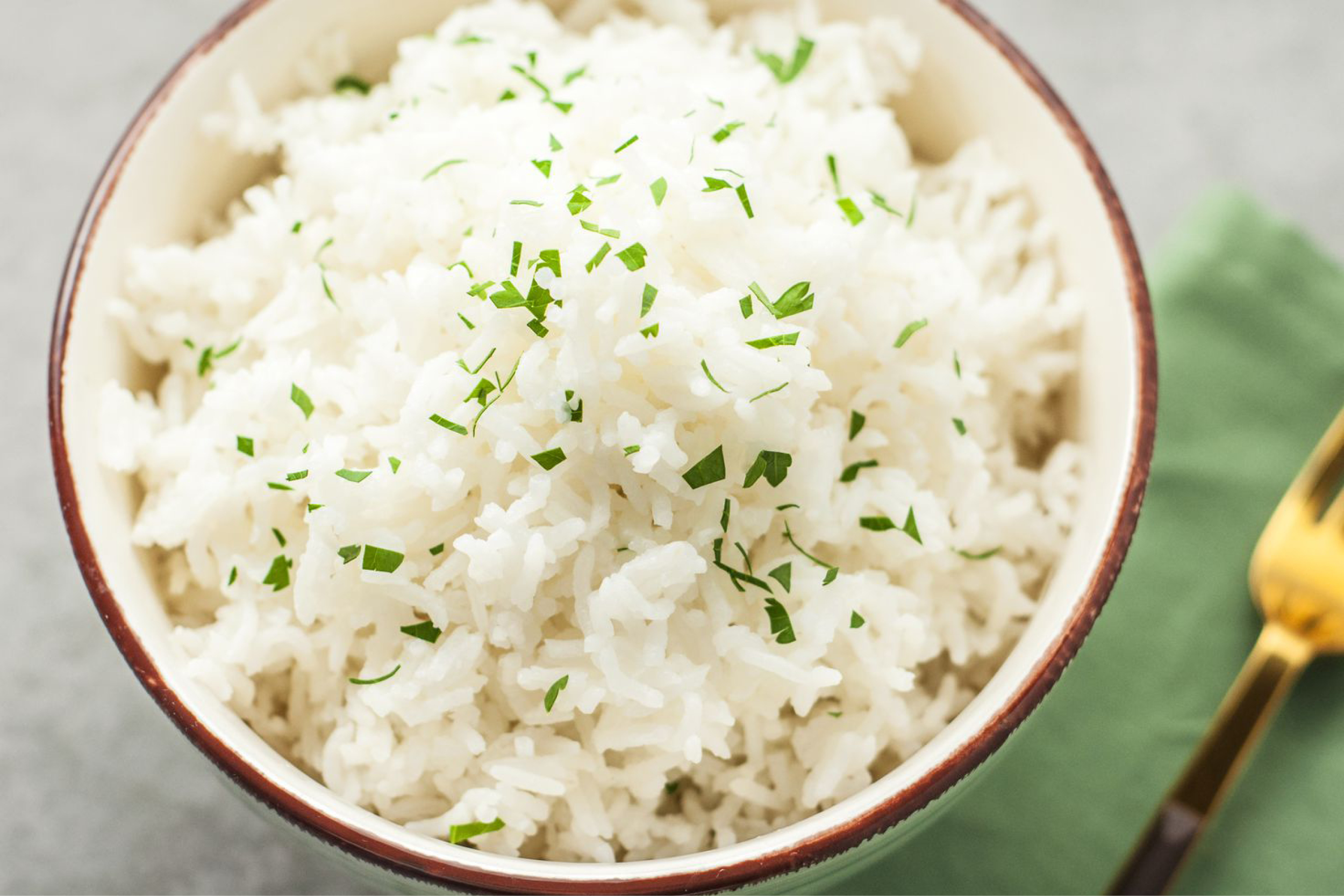Fiber is the part of plant-based foods that is not digested by your body. Dietary fiber is often found in fruits, vegetables, beans, seeds, and whole grains.
When you are recommended a low-fiber diet, your provider is asking you to reduce the amount of fiber in your diet to rest your bowels – meaning, they are suggesting that less undigested material moves through the large intestine so that your body makes less stool.
A low-fiber diet may be recommended on a temporary basis for several conditions or situations, specifically after some types of surgeries, treatments that damage or irritate the digestive system (such as radiation), or if you have diarrhea, cramping, or trouble digesting food. It is sometimes called a “restricted-fiber diet” or “low residue diet”.
Sometimes once your digestive system has rested, you may be asked to start adding more fiber back into your diet.
A low-fiber diet typically limits the types of vegetables, fruits, and grains and encourages foods such as milk, cheese, yogurt, tender meat, fish, poultry, ham, tofu, eggs, and creamy peanut butter. Baked goods made with refined wheat or rye flour are allowed, as well as cereals that have less than 2 grams of dietary fiber in a single serving and are made from rice. Butter, margarine, oils and salad dressings without seeds are also permissible. It is recommended to have no more than 1 to 2 grams of fiber in one serving and to choose foods that you would normally eat (do not try foods that caused you discomfort or allergic reactions in the past).

